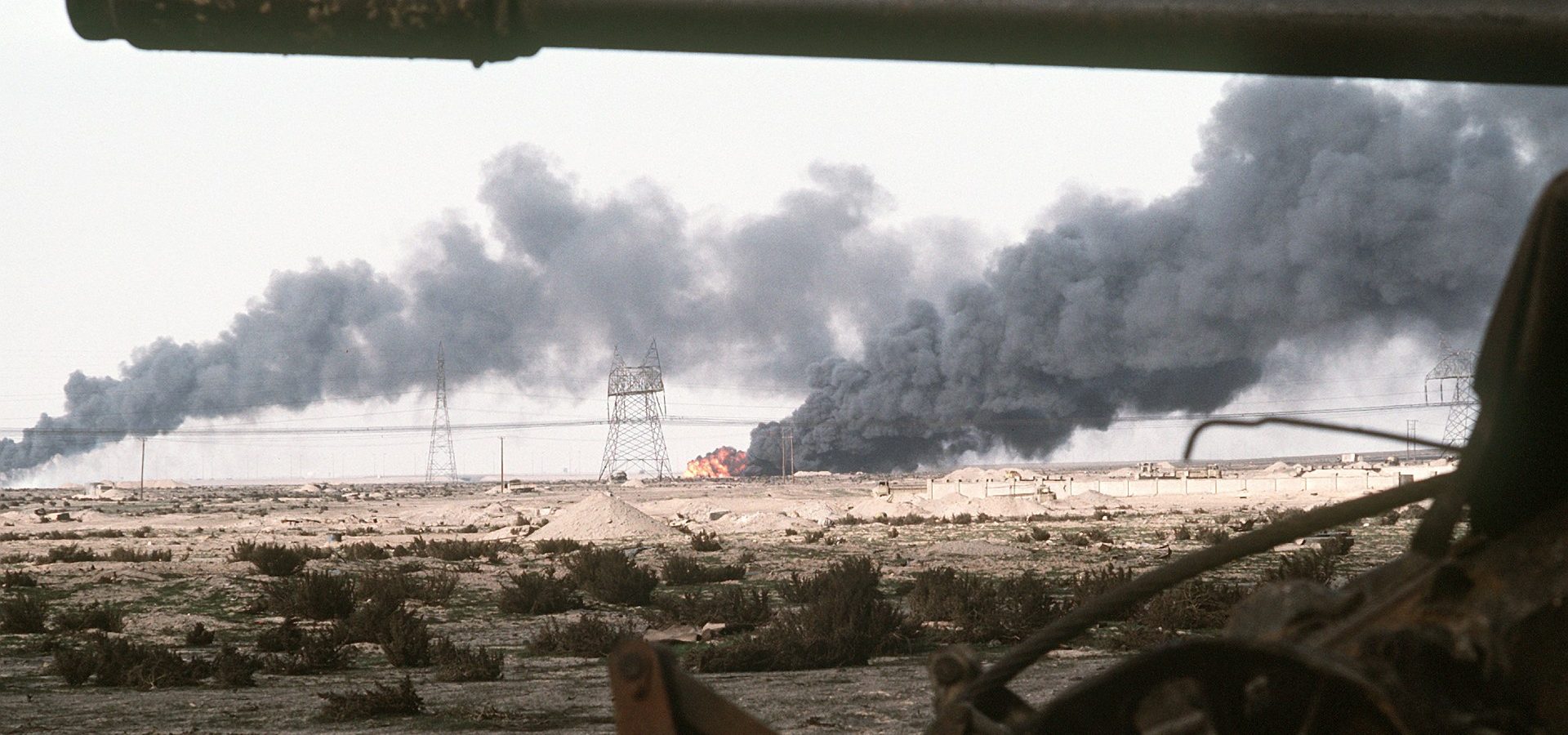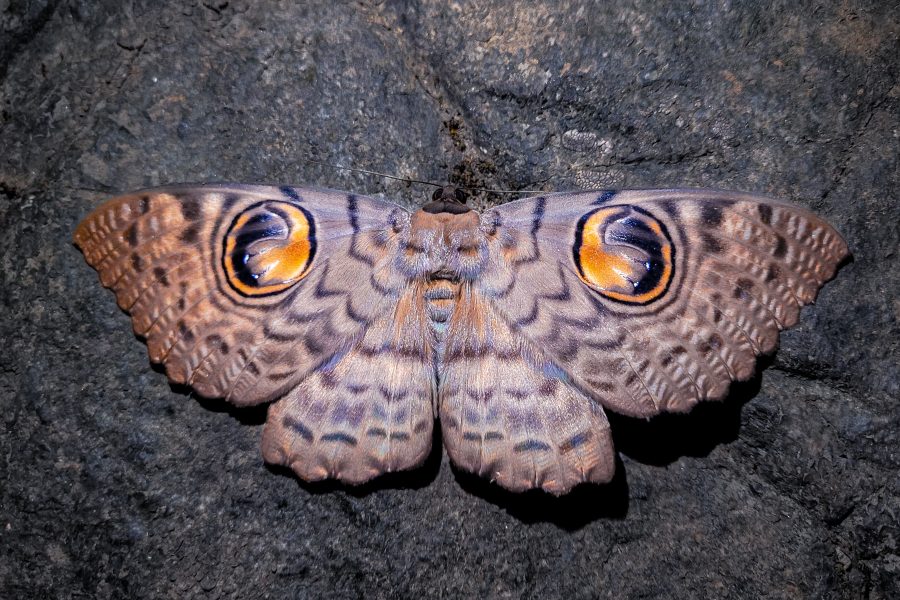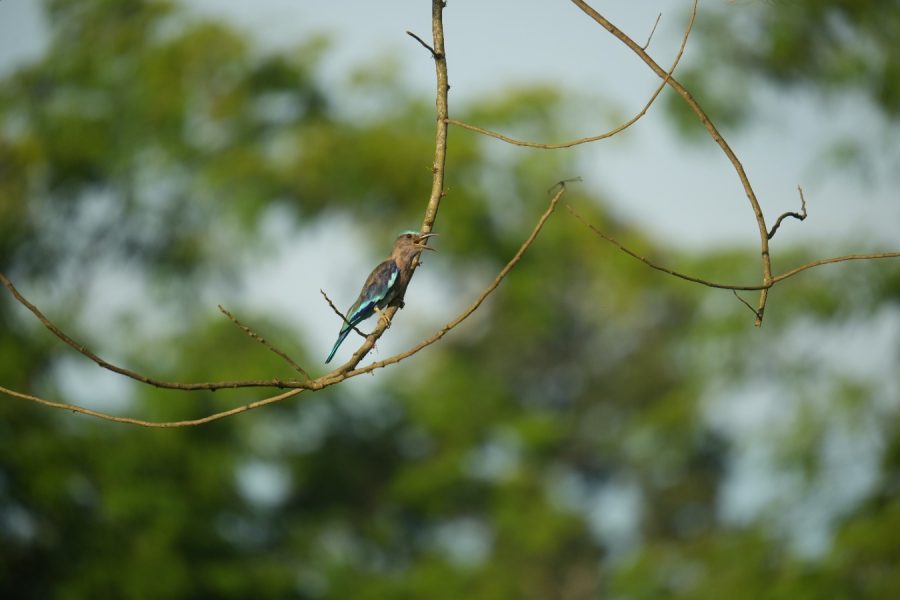More than 100 years ago, poet Wilfred Owen wrote about the uselessness of war in his work ‘Futility’ when he served as a British soldier in World War I. And more often than not, we forget that war’s impact extends beyond just human lives, and affects nature and environment as a whole.
With the global crisis currently unfolding, involving Russia and Ukraine, it is all the more significant to talk about the effects that war can have on nature. The environmental impact of war is not something which gets a lot of attention, in addition to the understudied and under-researched nature of this subject. A classic instance where we see how if nature is left alone, it can regenerate itself, is the Chernobyl nuclear disaster. The radiation from the explosion crippled almost 1/10 of Ukraine’s land and even today Ukraine releases chemical-laden water, heavy metals and oil-related compounds into the Black Sea. But due to the absence of human beings in the city for a long time, nature took over and rare wildlife species such as the lynx and the European Bison saw a resurgence.
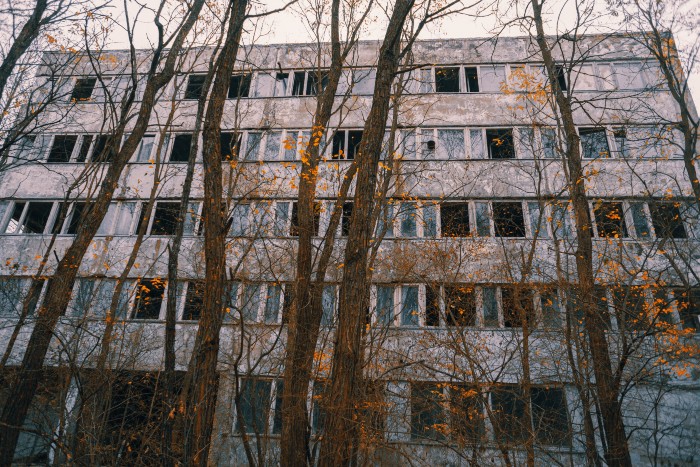
So we can clearly see how nature can thrive in the absence of anthropogenic pressures. It is not too difficult to guess that wars put tremendous pressures on natural resources and leave trails of destruction in natural environments, but the world is not paying attention to this aspect of war as much as it should.
The horrors of past wars
It is impossible to leave out arguably the most gruesome act in mankind’s recorded history, the Hiroshima and Nagasaki bombings during the end of World War II, which caused an environmental catastrophe that is beyond human comprehension. The bombs exceeded temperatures of 7000 degrees Fahrenheit. The radiation burnt all living things in Hiroshima, particularly in the 2-km radius of the epicenter, including the flora such as the Hiroshima Peace Park bordered by cherry trees. The fact that there are figures available on the human mortalities but no open-access numerical data available on the destruction caused to flora and fauna goes to show that the impact of this disaster on wildlife has been grossly overlooked.
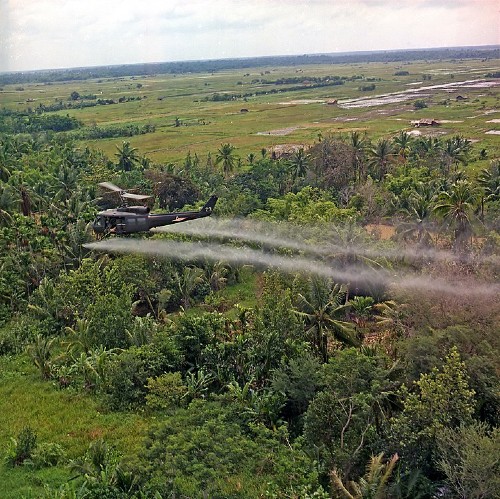
If we also take the Vietnam War as a case in hand, its effects rolled over to as late as the 21st century, according to the study ‘Vietnam: A Natural History’. The large quantities of defoliants were used to destroy the jungle hiding places of the Vietnamese guerillas. Between 1961 and 1971, an estimated 900 million litres of herbicides, the most harmful of them being ‘Agent Orange’, were sprayed by US forces to defoliate forests, eliminate crops and clear growth along borders. Moreover, as the defoliants were often concentrated along waterways, it had potential long-term damages to the riverside and wetland vegetation. Scientists also found dioxin, a harmful compound, in freshwater animals even decades after the war. Dioxin has persisted in Vietnamese environment, settling in the soil, and entering the food chain through animals and fish which feed in the contaminated areas.
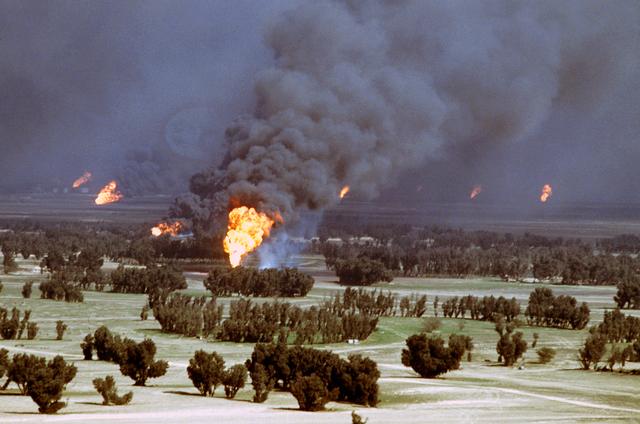
People might also remember the Gulf War or the infamous invasion of Kuwait by Iraq. The most unforgettable moment of the war was when it ended, and the Iraqi forces while retreating from Kuwait, torched 630 oil wells which burned for almost seven months while also emptying oil barrels into the sea. The number of aquatic animals and birds reportedly declined drastically by 100,000-230,000, while an estimated 100 mammals were killed.
Impact on wildlife and conservation
The Rwandan Civil War in Africa is a classic case where wildlife conservation was directly impacted. During the war, people living on the edge of Virunga National Park brought about the destruction of the forests and an estimated 1,000 tonnes of wood were removed everyday for two years to build shelters and light fires for cooking. This also inhibited rangers and forest officers to patrol the park. As a result, according to Worldwatch Institute, by the time the conflict ended, 105 sq km of forests were damaged and 35 sq km had been completely stripped.
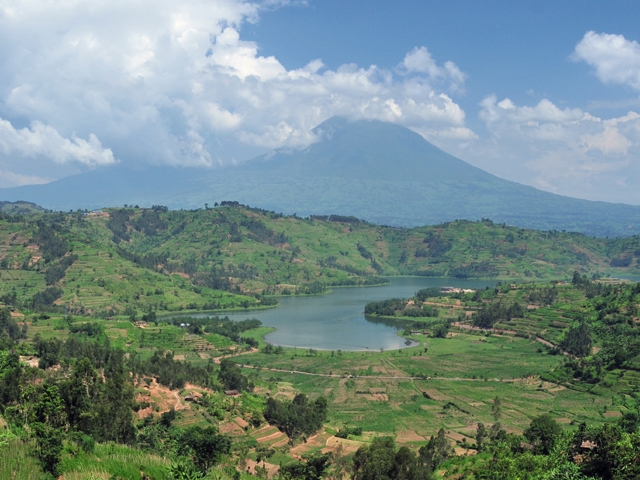
According to one study, the Volcanoes National Park in Rwanda also suffered due to the war. One of the greatest threats to the endangered mountain gorillas residing in this park was snares set up for ungulates. Moreover, the number of black-fronted duikers (antelope) was found to have declined in the east of the park. Some of the poachers interviewed were selling bushmeat more frequently than they did before the war and hence showed an increase in poaching since the war.
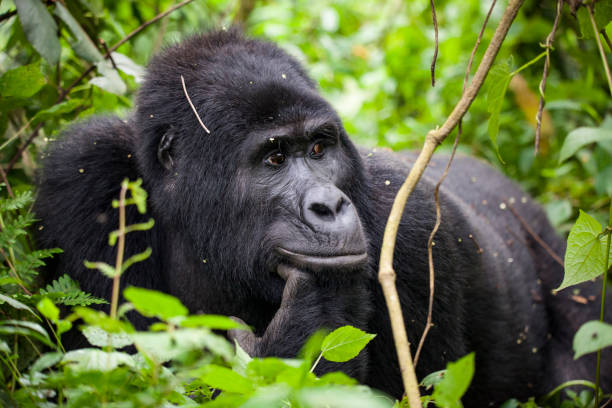
Even during the ongoing Yemeni civil war crisis, Middle Eastern media outlet Holm Akhdar investigated the increased poaching incidents of rare and endangered wildlife. An article by the media organisation showed how armed terrorists posted pictures with dead Arabian leopards, which reflects how other animals become low-priority during civil wars; they also highlighted that between 2015 and 2019, 31 of these critically endangered animals were killed. The report also revealed that during a 7-month period in 2020, there were 34 documented cases of poaching of rare animals including the Arabian lynx, the Arabian ibex and the white wolf in southern Yemen’s Shabwah province, a biodiversity-rich region. This only happened because armed terrorists ran amok amidst the panic of civil wars without any restraints, which ultimately affected wildlife.
Taking all these past instances into account, there is no doubt that wars have catastrophic consequences on nature, wildlife and the environment. We already have enough environmental problems to deal with but if armed conflict becomes another headache, it will only worsen the dire environmental crises. There is also a lack of detailed studies on the huge depredation of natural habitats, destruction of wild flora and overall wildlife mortalities. It goes to show how we take the impact of war on nature and wildlife for granted.
For long, the natural environment has been quietly suffering with no one to speak up for it. But now that we have woken up to the problems of global warming and climate change, keeping those in mind the United Nations has designated an International Day for Preventing the Exploitation of the Environment in War and Armed Conflict. We should use this day as an opportunity to apprise people that the environmental impact of war is not something which can be overlooked.

